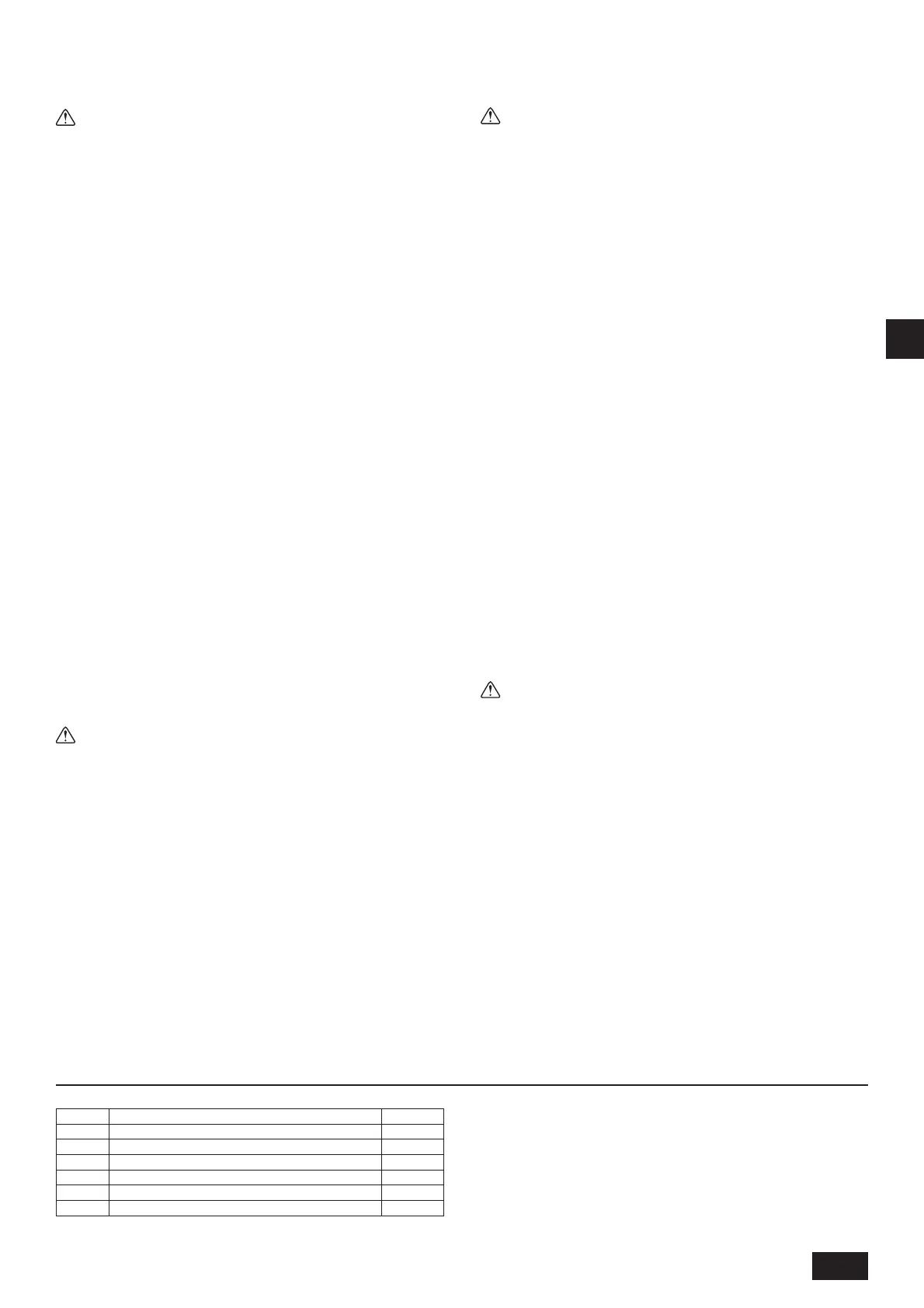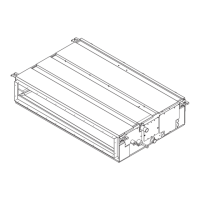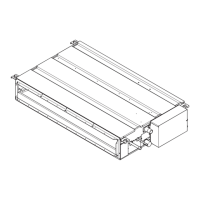7
1.2. Precautions for devices that use
R410A refrigerant
Caution:
• Do not use the existing refrigerant piping.
• Use refrigerant piping made of C1220 (Cu-DHP) phosphorus deoxidized
copper as specied in the JIS H3300 “Copper and copper alloy seam-
less pipes and tubes”. In addition, be sure that the inner and outer
surfaces of the pipes are clean and free of hazardous sulphur, oxides,
dust/dirt, shaving particles, oils, moisture, or any other contaminant.
• Store the piping to be used during installation indoors and keep both
ends of the piping sealed until just before brazing. (Store elbows and
other joints in a plastic bag.)
• Use ester oil, ether oil or alkylbenzene (small amount) as the refrigera-
tor oil to coat ares and ange connections.
• Use liquid refrigerant to ll the system.
• Do not use a refrigerant other than R410A.
• Use a vacuum pump with a reverse ow check valve.
• Do not use the following tools that are used with conventional refriger-
ants.
(Gauge manifold, charge hose, gas leak detector, reverse ow check valve,
refrigerant charge base, vacuum gauge, refrigerant recovery equipment.)
• Do not use a charging cylinder.
• Be especially careful when managing the tools.
1.3.
Before getting installed
Caution:
• Do not install the unit where combustible gas may leak.
• Do not use the air conditioner where food, pets, plants, precision in-
struments, or artwork are kept.
• Do not use the air conditioner in special environments.
• When installing the unit in a hospital, communication station, or similar
place, provide sufcient protection against noise.
• Do not install the unit on a structure that may cause leakage.
• The indoor units should be installed more than 2.5 m [9 ft] from oor.
1.4.
Before getting installed (moved) - elec-
trical work
Caution:
• Ground the unit.
• Install the power cable so that tension is not applied to the cable.
• Install a leak circuit breaker, as required.
• Use power line cables of sufcient current carrying capacity and rating.
• Use only a circuit breaker and fuse of the specied capacity.
• Do not wash the air conditioner units.
• Be careful that the installation base is not damaged by long use.
• Install the drain piping according to this Installation Manual to ensure
proper drainage. Wrap thermal insulation around the pipes to prevent
condensation.
• Be very careful about product transportation.
• Safely dispose of the packing materials.
1.5.
Before starting the test run
Caution:
• Turn on the power at least 12 hours before starting operation.
• Do not touch the switches with wet ngers.
• Do not touch the refrigerant pipes during and immediately after opera-
tion.
• Do not operate the air conditioner with the panels and guards removed.
• Do not turn off the power immediately after stopping operation.
2. Indoor unit accessories
1
2
3
4
5
6

